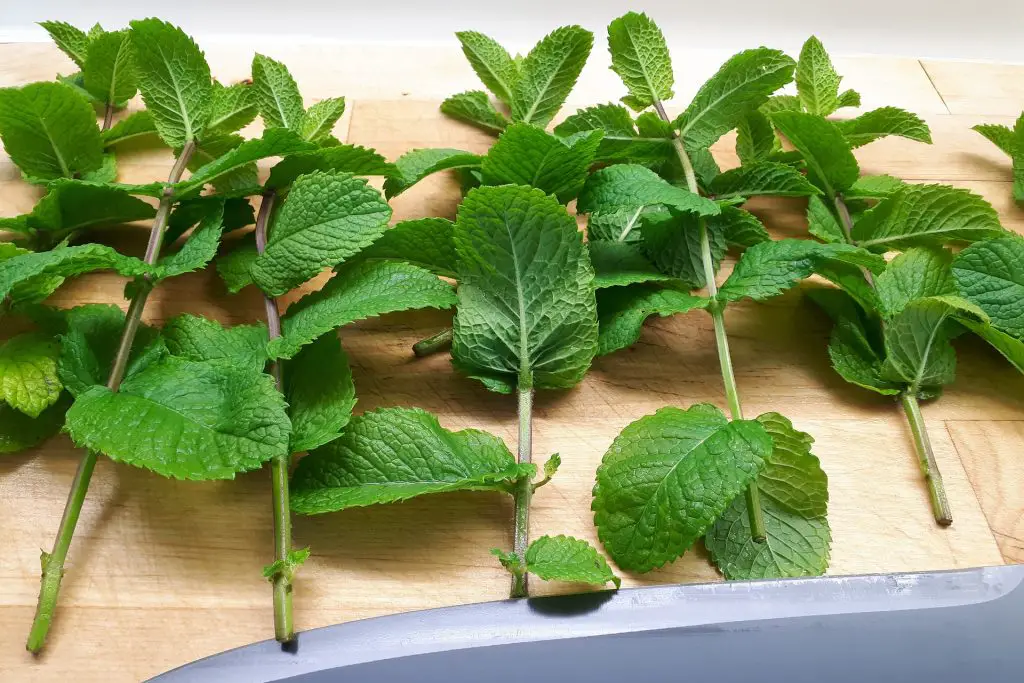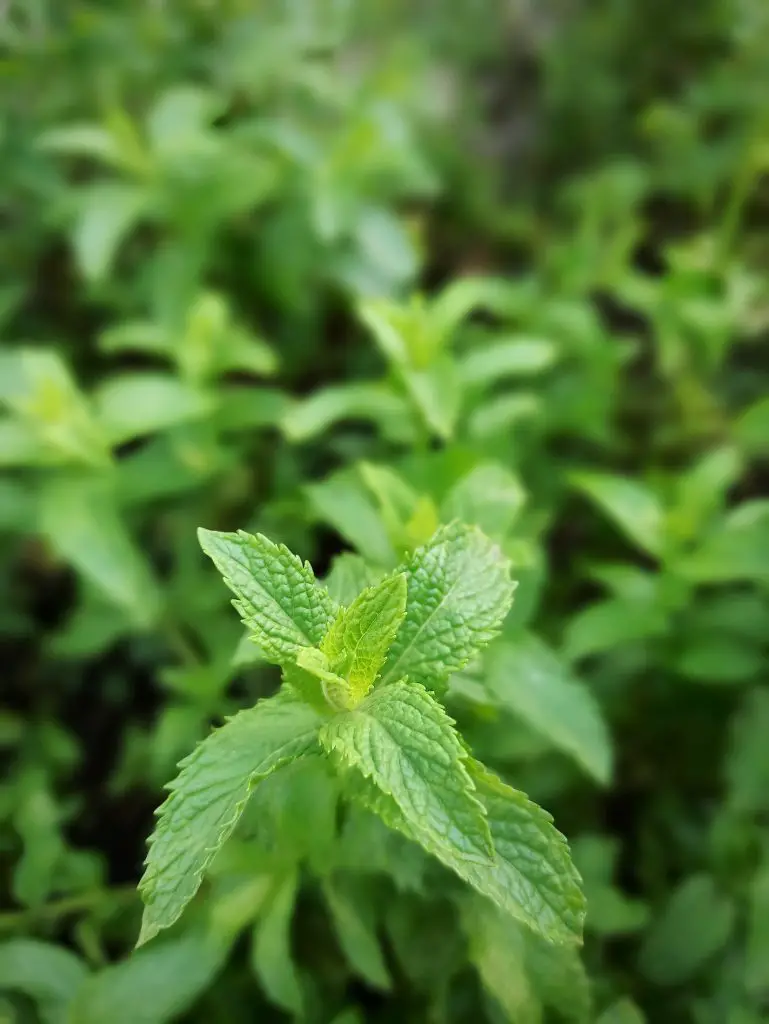Can You Grow Mint From Grocery Store Cuttings? If you been in the fresh produce section of your local grocery store you will have seen fresh sprigs of mint being sold. Fresh mint is extremely expensive for just a few cuttings so can we take that mint and grow it in the garden?
Fresh cutting of mint from the grocery store can be used to grow plants, provided that the cuttings are not too old and have not lost too much moisture. The biggest indicator of moisture loss is wilting of leaves, so avoid purchasing mint that is looking a little worst for wear as it will reduce your chances of success.
Additionally, it is important to minimize the time between purchasing the mint and starting to try to propagate it as the longer you wait the less chance you will have that the cutting will remain viable. It is also advisable to avoid transporting the herb home in hot conditions as that will also increase the rate of moisture loss.
How To Propagate Mint From A Cutting?
Mint cuttings can be propagated in either soil or water. For store brought cuttings my preference is to use water. The reason for this is that it is very quick and easy to prepare the cutting and it is easy to see clear evidence that the cutting is growing.
How To Prepare The Mint Cutting
The first step in the propagation of mint is to prepare the cutting. The cutting should be selected from the freshest material available and should ideally be 4 to 5 inches (10 to 12 cms) in length. Start by removing all of the lower leaves from the cutting leaving only a few leaves at the top.

To increase the capacity of the cutting to take up water the lower end of the cutting should be trimmed. The trimming should be made on a 45 degree if possible as this will increase the surface area, increase the ability for the cutting to take up water.
Developing The Mint’s Roots
Once the cutting is prepared it should be placed in a jar of clean water and on a window ceil for a couple of weeks. The window ceil should get plenty of indirect sunlight, but locations, where the cutting will be exposed to direct sunlight, should be avoided, particularly in the afternoon as the sun can get quite hot.
Over a few weeks, a successful cutting will develop roots that are white and spindly. It is advisable to leave the cuttings in the water for a couple of weeks after the roots first appear to allow them to get a little stronger.

Transplanting The Cuttings Into Soil
Once the roots have developed sufficiently the cutting can be transplanted into a pot or directly into the garden. I generally recommend transferring the cutting to a pot as it allows the plant to be protected from the elements while further developing its root system.
If you are transferring the cutting to a pot I recommend using a 6 to 8-inch pot as it is not too big. The pot should be filled with moist soil that has the capability to hold a reasonable amount of water. If you do not have suitable garden soil seed raising/cutting mixture will also work well.
While the plant remains in the pot you will need to ensure that the soil remains moist, which can be achieved by watering the plant regularly. To reduce the frequency of watering hydrogels (water crystals) can be added to the soil or alternatively, you can sit the base of the pot in a saucer filled with water. To read more about the effect of hydrogels on moisture retention click here.
The pot should be stored in a location that has dappled shade and morning sun to further reduce the potential for moisture loss. The cutting, in most climates, will need to remain in the pot for a few weeks at least to ensure that it is able to establish a reasonable root system.

Planting Mint Out Into The Garden
Mint can remain in the pot indefinitely or it can be planted out into the garden. However, if you plant it out into the garden be aware that the plant needs to be contained as it can literally take over your garden. As a result of its invasive nature, it is important to select its location carefully. It is recommended that you select a location where the mint is contained in a small garden bed.
The alternative solution is to leave the mint in the pot and place the pot into the ground which will limit the spread of the plant.
In terms of conditions, mint prefers a rich moist soil that has plenty of organic matter, however, mint is quite tolerant of a range of soils. To optimize the plant’s growth it is recommended that large quantities of compost be added to the soil to ensure there are plenty of nutrients available.
In terms of the light levels, mint can tolerate full shade to full sun, however, mint definitely prefers positions that avoid the hot afternoon sun. You generally get the highest quality leaves from plants located in relatively shady conditions.
In terms of ongoing maintenance, there is very little required other than regular watering and mulch to ensure that the soil remains moist. However, after a few years, the plant root system can become crowded which can affect the quality of the leaves you are getting. In these cases, the plant will benefit from being dug up and divided.
When dividing mint it is a good opportunity to propagate more plants if required. The method laid out in this article can be used, however, it is even easier to take a cutting with roots on it. The success rate is normally almost 100%.
